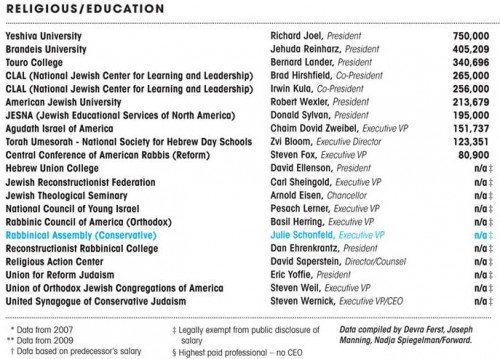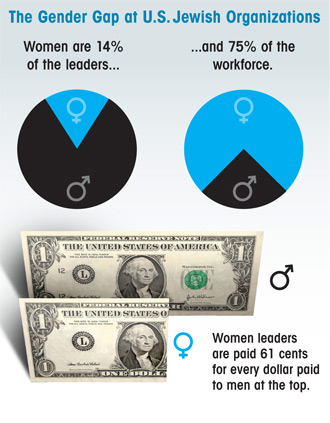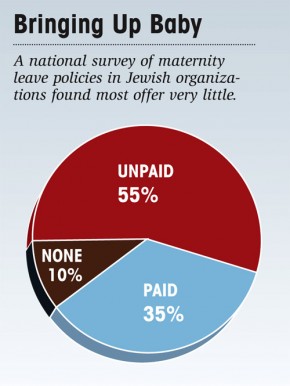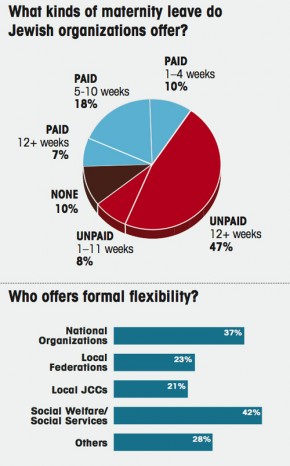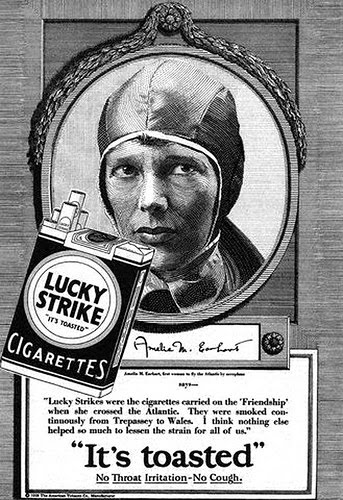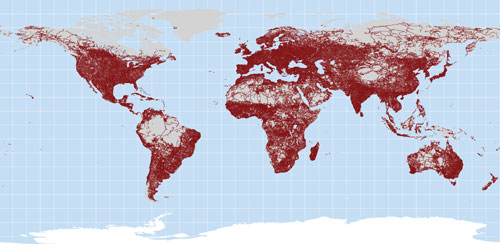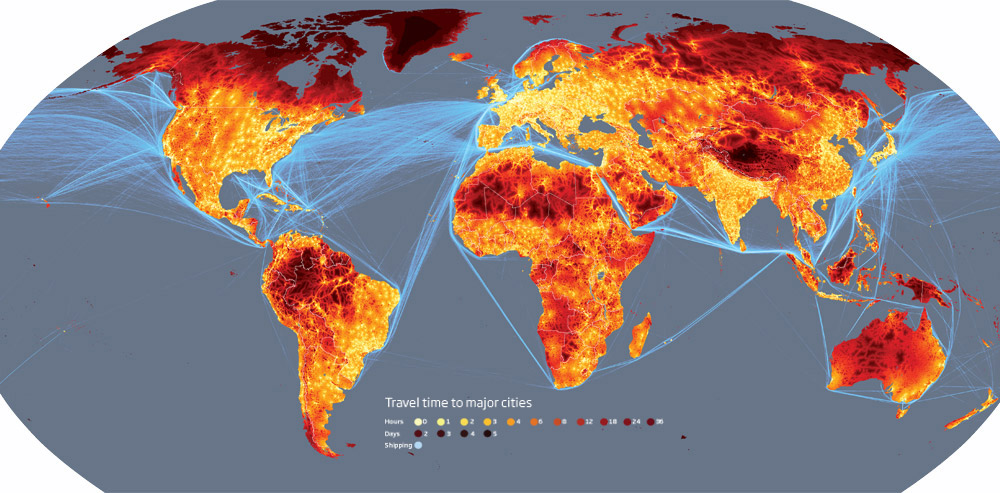The Oral Cancer Foundation released this video last month, just a couple of weeks before the FDA was scheduled to vote on approval of the ‘male’ Gardasil vaccine.
Whether you’re pro- or anti-vaccine, you might wonder why has FDA testing of and approval for Gardasil’s use on males lagged three years behind the female-only “cervical cancer” vaccine? Most of us who have followed Gardasil’s development were not surprised when the FDA recently voted to approve its use on boys and young men for the prevention of genital warts. However, this limited focus on male genital warts ignores the growing number of medical studies which have shown causal connections between two cervical-cancer causing types of HPV (covered by Gardasil) and a variety of cancers that can have devastating health consequences in female and male bodies.
In light of this body of research, many were dismayed by the fact that the CDC decided against recommending routine use of the Gardasil vaccine for boys. A NYT article reported that this committee will likely consider data on Gardasil’s ability to protect against male cancers when it meets again in February.
As more Americans learn about the causal links between HPV strains covered by Gardasil and serious (sometimes fatal) oral and anogenital cancers, it will be interesting to see if U.S. boys/young men get vaccinated at as high a rate as girls/young women.
To educate people about the risk of oral cancer from sexually-transmitted HPV, the Oral Cancer Foundation released this video:
———————————————
Adina Nack is an associate professor of Sociology at California Lutheran University specializing in medical sociology, gender inequality and sexual health. Nack’s book, Damaged Goods? Women Living with Incurable Sexually Transmitted Diseases came out in 2008. You can see an earlier post of hers, about sexually transmitted disease and stigma, here.
If you would like to write a post for Sociological Images, please see our Guidelines for Guest Bloggers.






